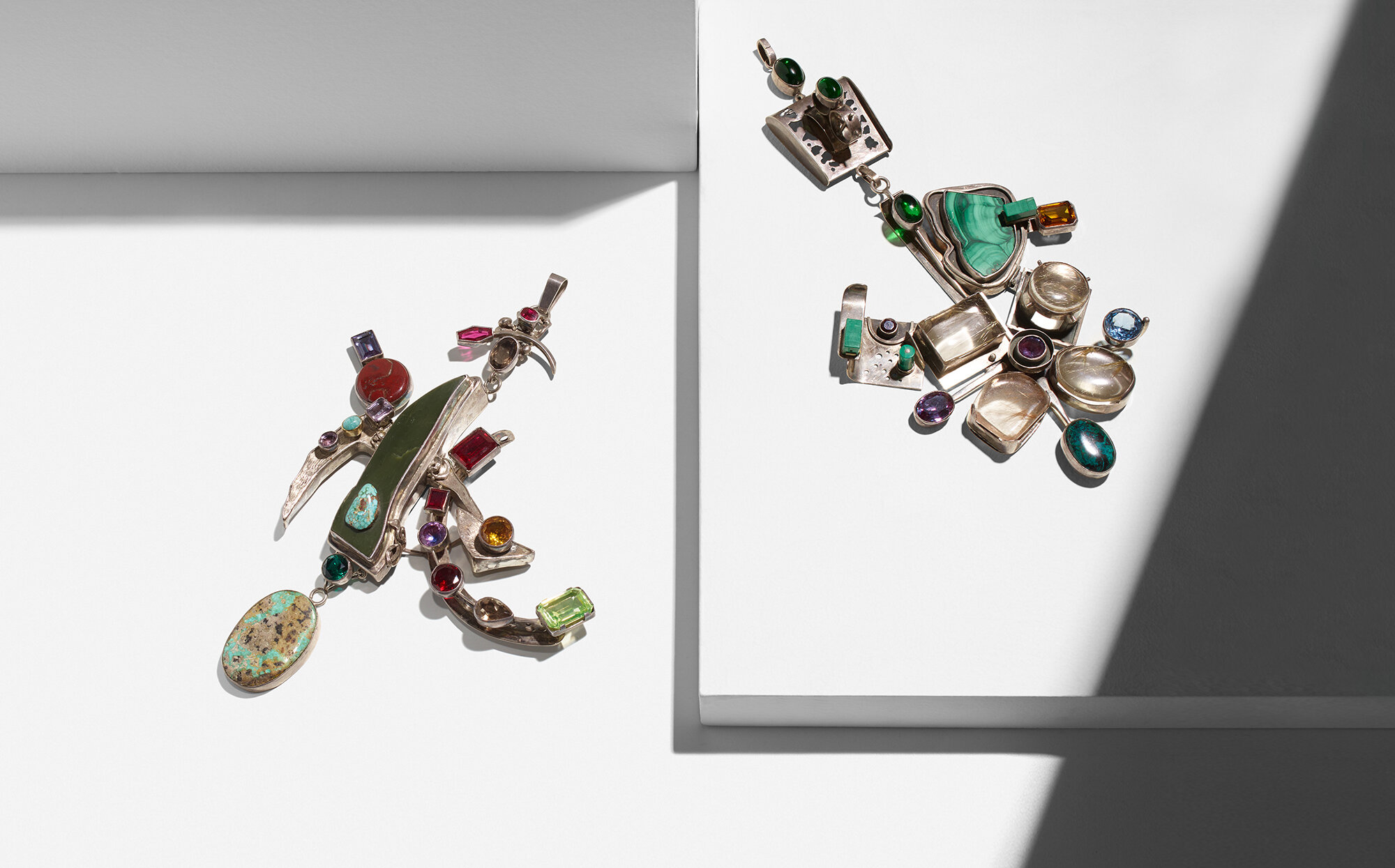223
223
Germany, 2005
silver, porcelain 3½ h × 3½ w × 1¼ d in (9 × 9 × 3 cm)
silver, porcelain 3½ h × 3½ w × 1¼ d in (9 × 9 × 3 cm)
estimate: $1,500–1,800
follow artist
provenance: Rotasa Collection
A similar work is held in the collection of The Mint Museum, Charlotte, NC.






















